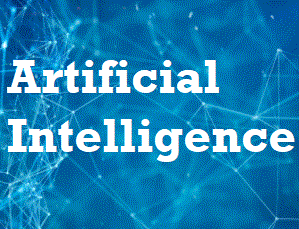Google PaLM is a recent advancement in the field of natural language processing (NLP) and machine learning. Developed by Google, PaLM is a large-scale language model that aims to advance the state-of-the-art in NLP by leveraging the power of transformers and pre-training techniques.
PaLM stands for “Parallel Latent Model” and represents a significant departure from previous language models in terms of both architecture and training strategy. The model is designed to be parallelizable, making it possible to train on large-scale compute resources. This is in contrast to previous large language models that were typically trained on a single machine or a small cluster.
The pre-training strategy used by PaLM is also novel. Instead of fine-tuning a pre-trained model on a small task-specific dataset, PaLM is trained on a large corpus of web text using a masked language modeling objective. The resulting model is then fine-tuned on specific NLP tasks such as question answering, text classification, and machine translation.
Google has reported impressive results for PaLM on a range of NLP benchmarks, including GLUE and SuperGLUE, where it outperforms previous state-of-the-art models by a substantial margin. The company has also reported that PaLM can be fine-tuned in just a few hours, making it much more accessible for researchers and practitioners.
In addition to its impressive performance, PaLM is notable for its ability to generate high-quality, coherent text that is free from the biases and errors that are often present in previous language models. This has the potential to make PaLM a valuable tool for a wide range of applications, from content creation and language translation to chatbots and customer service.
Overall, Google PaLM is a significant development in the field of NLP and machine learning and represents an important step forward in our ability to process and understand natural language text. With its large scale, high-quality outputs, and fast fine-tuning times, PaLM has the potential to revolutionize the way we interact with language and technology.








